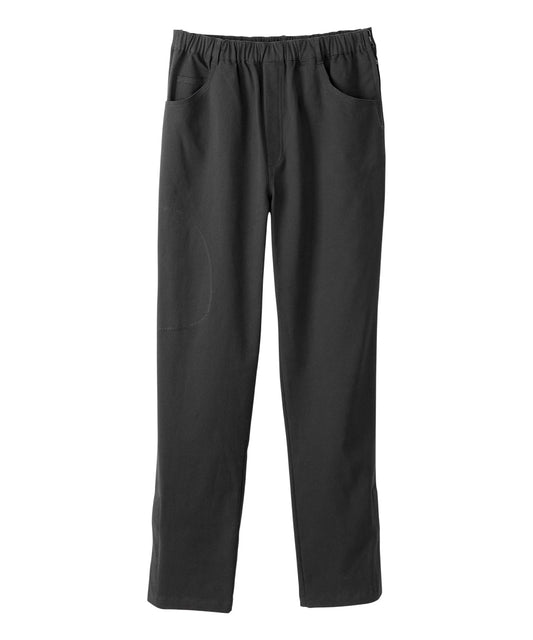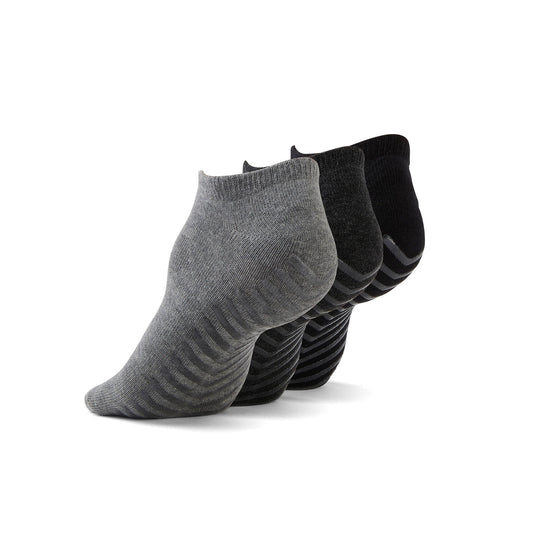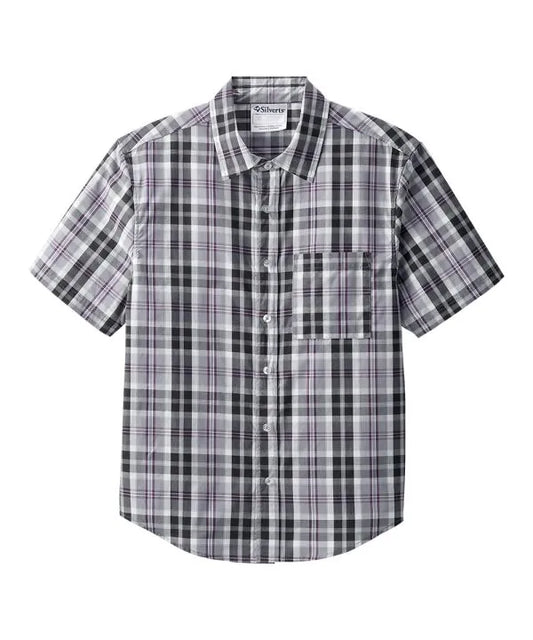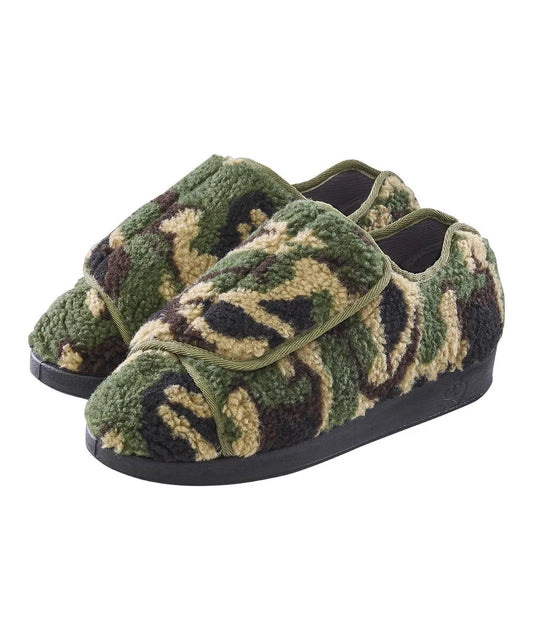Author: Ayesha Malhi
Hip replacement can be a transformative experience — for your mobility, to be sure, but for the way you dress yourself, too. As you prepare for surgery or recover, your wardrobe will be the last thing you might think about… but it simply can't be. Dressing after surgery must be easy and safe, more than a matter of convenience — it's about healing with dignity, independence, and self-assurance.
I remember a close family member's recovery from hip surgery. One of the most challenging issues they had was one that most never expected: dressing, stiffness, pain, and restricted mobility- turned dressing into a task.

Recovery Pants with Side Snaps for Post-Surgery
However, using adaptive clothing and smart strategies, they quickly got back to normal. For instance, when they broke from traditional jeans and used adaptive Side Snaps Recovery Pants available at JuneAdaptive.com, troublesome twisting and bending every morning was a thing of the past. Perhaps you are going through the same experience. Let me share what I have discovered so far.
Let's talk about building an adaptive wardrobe and dressing more simply, but still being stylish while you're recovering.
Preparing Your Wardrobe for Recovery
Before surgery, make your closet your recovery arsenal. Having your recovery wardrobe ready and waiting can reduce stress and the risk of injury.
Opt for loose-fitting, comfortable, and breathable cotton or bamboo-mix clothing, which is gentle on sensitive skin — a must for patients recovering from surgery or swelling. Steer clear of constrictive or stiff clothing.
For closure, forgo fussy buttons and zippers and use something like Velcro, magnet closures, or side snaps instead. They are easier to work with, especially if you have mobility issues. High-rise pants or elastic waistbands are wonderful to avoid rubbing on your cut on your hip.
The one must-have? The Post-Surgery Recovery Pants with Side Snaps are available at JuneAdaptive.com. A lifesaver: gentle, unencumbered, and specifically designed for after-surgery wear. We especially love the side snaps, which enable you to place them on and off without twisting or bending, which can be heaven during those first days.

Men's Easy Dressing Pants with Elastic Waist
For males, Men's Easy Dressing Pants with Elastic Waist offer the same comfort and ease, making it less frustrating to dress in the morning. Pair them with Men’s Wide Non-Slip Indoor Slippers with Easy Closures — shoes designed to stay on swollen feet and prevent slipping and falling.

Women's Easy Front Closure Bra
Women after hip replacement surgery can find comfort through products such as the Women's Easy Front Closure Bra, which features front clasps and easy materials that provide pain relief and prevent you from straining your arm over your head. They are subtle wardrobe solutions that can save your dignity and independence when you need it most.
Dressing Strategies for Limited Mobility
Bending, twisting, or reaching across your body might be off-limits in the first few weeks after surgery. That's where smart dressing strategies come in.
Try to lay clothing items flat on your lap or bed to avoid reaching. This avoids dangerous movements like bending too far forward.
Always dress the operated leg first. It’s safer and reduces strain on your new hip. Sitting on a firm chair or bench while dressing can also help maintain balance and reduce fall risk.
Layering is also crucial. Hospital rooms and homes can be chilly, and soft knit pants with easy-touch closures allow you to easily add or remove layers without struggling. The Women's Soft Knit Pants with Easy Touch Closures are a cozy choice, perfect for chilly mornings or evening strolls.
One particularly helpful piece I've found is the Women's Active Top with Back Overlap, from JuneAdaptive.com's line. It opens entirely in the back, so you don't need to lift your arms or turn. This feature can be a small triumph on tough days — independence without pain.
Remember, comfort needn't be at the cost of style. Being in flattering colors and gentle textures can lift your mood and self-esteem, and make recovery less clinical and more personal.
Adaptive Tools to Help You Dress Independently
Using dressing aids isn’t a sign of weakness — it’s smart self-care. Tools like long-handled reachers, sock aids, dressing sticks, and shoehorns make a real difference in maintaining your independence.
As an example, sock helpers allow you to pull your socks on without twisting or bending, which otherwise would be stressful for your new hip. Long-handled reachers lift clothes up from the floor or shelves without requiring you to bend.
If you’re worried about footwear, look for shoes that slip on easily, are wide enough to accommodate swelling, and have non-slip soles. The Women’s Wide Non-Slip Indoor Slippers are perfect, supportive, and safe for indoor use. The Men's Extra Wide Comfort Shoes with plain Closures allow simple fastening and can fit men's swelling.
Accessories such as the Unisex Knitted Arm Warmers are ideal for staying warm without having to deal with sleeves. Then there is the Men's Sherpa Lined Jacket with Magnetic Buttons, ideal for cold weather since it combines warmth and ease of dressing with magnetic fasteners.
Common Mistakes to Avoid When Dressing Post-Surgery
Even with the best of intentions, there are pitfalls to be avoided:
-
Wearing skin-tight or restrictive clothing. It will be stylish, but skin-tight jeans or leggings can be uncomfortable and restrict blood flow, hindering healing.
-
Ignoring swelling fluctuations. Your feet and legs will swell up, so pants and shoes must accommodate that without binding.
-
Attempting to "just do it yourself" too early. Forcing through pain or risking a fall isn't worth it. Utilize your adaptive clothing and equipment to make dressing easier.
-
Selecting shoes with laces or slippery bottoms. Slip-resistant shoes with adjustable closures avoid accidents — essential when your balance is impaired.
-
Ignoring listening to your body. Clothing that hurts or irritates isn't worth the inconvenience. Comfort aids recovery.
-
Disregarding the virtue of layering. Daytime temperature fluctuations and swelling require versatile layers to be smart — don't stick to one outfit shape.
There is one story that stands out — a friend ignored the swelling and squeezed into her snug jeans normally too soon. She had more pain and stiffness. The switch to adaptive pants with elastic waistbands and side snaps, available at JuneAdaptive.com, was the difference in her healing.
When to Ask for Help with Dressing
You are able, but ability also means knowing when to ask for assistance. Asking for assistance from family members, caregivers, or occupational therapists can avoid frustration and injury.
Seek assistance,
-
If you are uncomfortable or feeling strained when dressing
-
Standing up, you can't keep your equilibrium.
-
They are too cumbersome for closures, buttons, or zippers.
-
You feel demoralized or overpowered.
Initially, it is okay to take help. Consequently, you can sacrifice fashion with altered garments like the Women's Magnetic Zipper Active Jacket, which has a plain magnetic zipper.
Emotional Wellbeing and Dressing: More Than Just Clothes
Recovering from hip surgery isn't just physical — it can be hard on your emotions as well. Frustrating or even demoralizing to struggle with dressing and daily activities. But using adaptive clothing can actually be a boost to your mood and confidence.
Why adaptive clothing is important to your emotions:
-
Comfort = greater sense of control
-
Simple-on clothes minimize stress and frustration
-
Feeling good maintains self-esteem during recovery
-
Dressing independently is supportive of mental health
For example, the Women's Reversible Front Vest with Magnetic Closure is not only practical — it's stylish and versatile. Wearing clothing that expresses your personality is a morale builder, not a patient.
Practical Tips to Make Dressing Easier Every Day
-
Categorize your recovery clothes by type — tops, bottoms, shoes — for easy access
-
Plan out your attire the night before to avoid morning confusion or rush
-
Use a dressing stool to comfortably sit when dressing.
-
Put frequently used items within easy reach to avoid bending or overstretching
-
Experiment with adaptive layering to shift smoothly with temperature variations without fighting through several outfits
-
Practice good lighting — well-lit areas lower falls and frustration
Final Thoughts: Dressing with Dignity
Recovery is not just repairing your hip — it's recovering your life and confidence. Your closet plays a bigger part than you can imagine.
Choosing adaptive pieces that respect your body's needs and respect your style can be liberating. From snap-on pants without any irritation, slip-resistant comfy slippers, or stylish magnetic tops, adaptive clothing puts you in charge.
Recovery requires patience, self-kindness, and a couple of smart gadgets — but with the right strategy, dressing following hip replacement surgery can be safe, comfortable, and yes, even fashionable.
FAQs
Q: When may I dress myself following hip replacement surgery?
A: This varies from person to person, but most start dressing themselves in adaptive clothing and devices 1–2 weeks following surgery.
Q: What kind of pants are best to wear after hip surgery?
A: Choose pants that have elastic waistbands, side zippers or snaps, and loose, lightweight fabric, like June Adaptive's Recovery Pants with Side Snaps.
Q: May I wear street shoes after surgery?
A: Avoid laced or tight footwear and wear adjustable, wide, slip-resistant shoes that accommodate swelling and provide stability.
Q: What is recommended for underwear after surgery?
A: Open-front or easy-touch closure briefs with soft, breathable fabrics prevent unnecessary straining and irritation.
Q: How can I manage swelling with fashion choices?
A: Employ adjustable waistbands and loose, stretchy fabrics that do not restrict blood flow or apply pressure.
Stay Connected
Want more guides like this delivered straight to your inbox? Check Out our latest Blog: June Adaptive Magnetic Closures > Buttons: A Hill I’ll Die On
Sign up for the June Adaptive Newsletter for exclusive tips, product drops, and style inspiration.















